The University of Aberdeen was founded on the principle of being open to all, and this ethos remains as true today as it did at the time of its foundation in 1495.
We have a long-standing commitment to widening access to higher education. Our goal is to create an outstanding and inclusive educational environment, and to ensure that each and every student has the opportunity to reach their true potential.
An essential part of delivering this commitment is ensuring that talented individuals from disadvantaged backgrounds can overcome barriers to study with us, and we work with individuals, primary and secondary schools, and further education colleges to support learners at every stage of their journey.
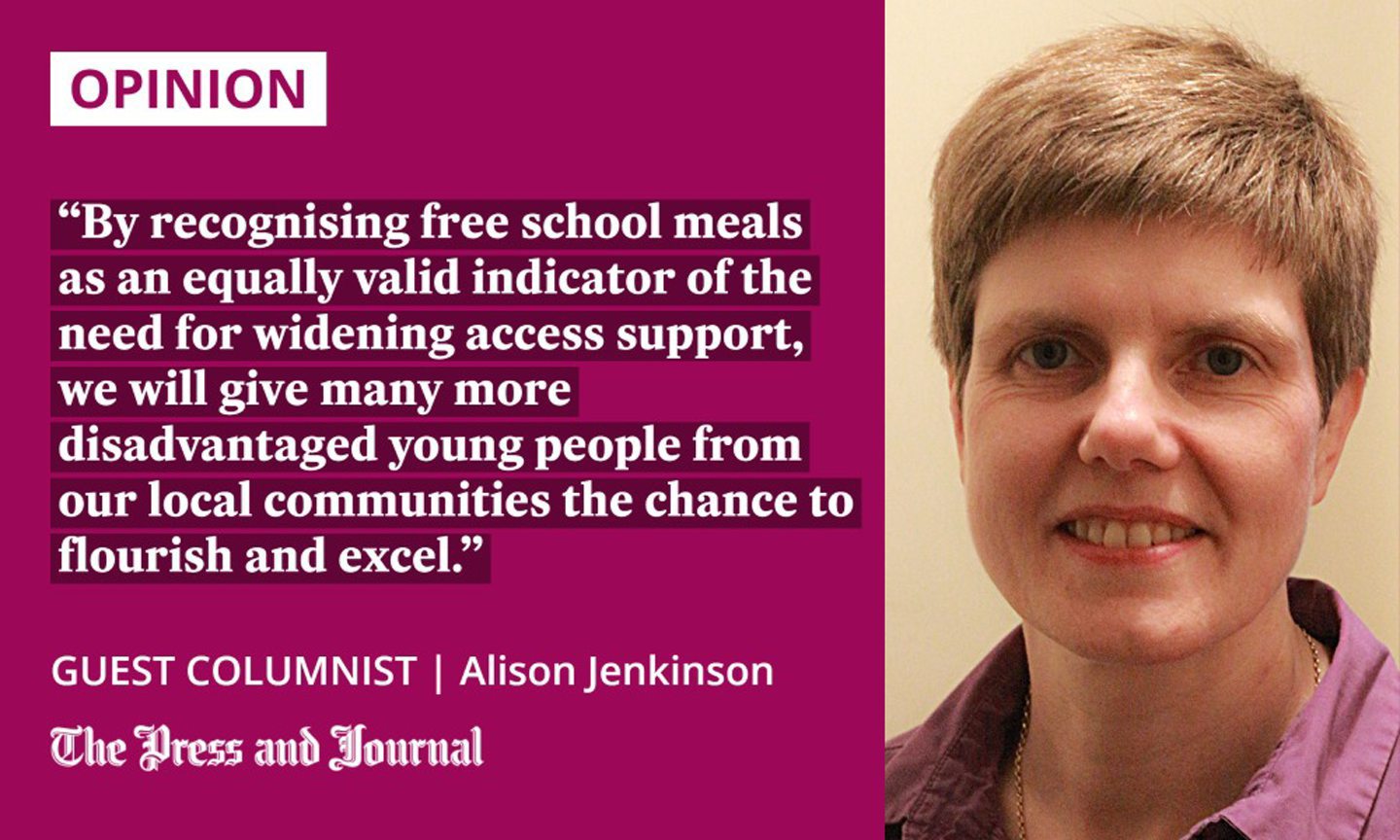
Our outreach work is centred on several initiatives aimed at different audiences, such as our Access Aberdeen programme, which is designed to increase opportunities for school pupils in the north-east of Scotland, as well as collaborative partnerships with colleges across Scotland, providing routes to our degree programmes. In addition, our Reach programme provides routes for secondary school pupils across the north to study medicine and law.
This is invaluable activity which, in recent years, has provided steady progress in giving access to more students from deprived and care-experienced backgrounds. But the work doesn’t stop there.
Our continuation rates for these students are regularly above the national average, and we are currently proud to be second in Scotland for the percentage of our students (95.2%) from widening access backgrounds that progress successfully to their second year of study.
But, despite all our focus and successes, the persistent challenge we face – along with our counterparts at Robert Gordon University and North East Scotland College – is that progress towards meeting national targets is measured in terms of our recruitment from specific postcode areas, representing the 20% most deprived communities in Scotland.
Local institutions should be able to use their own basket of measures
Based on the Scottish Index of Multiple Deprivation, the so-called SIMD20 measure is heavily skewed towards large urban catchment areas where the majority of SIMD20 postcodes are located, even though a large proportion of university entrants from those postcode areas do not themselves come from deprived backgrounds.
We have been working hard to find a solution that will address the obvious imbalance and shortcomings of SIMD20
Meanwhile, the reverse is true in rural areas, such as those here in the north-east, where we have a limited pool of recognised SIMD20 applicants, despite the existence of many pockets of acute deprivation in our local communities. Only about 5% of all Scottish school leavers in SIMD20 postcodes are based in the north-east, with many potential students from deprived and challenged areas remaining wholly unrepresented by the SIMD20 definition of deprivation.
In his fifth and final annual report as Commissioner for Fair Access, Sir Peter Scott has argued that, whilst national targets for widening access should continue to be defined in terms of SIMD20, SIMD20 targets for institutions based in the north-east are no longer fit for purpose. Instead, he recommends that our local institutions should be able to use their own basket of measures to determine widening access priority groups and communities.
The good news is that, in responding to Sir Peter’s report, we have been working hard to find a solution that will address the obvious imbalance and shortcomings of SIMD20, giving more young people from deprived backgrounds in the north-east the opportunity to flourish at the University of Aberdeen.
Specifically, we have been working with the Scottish Government and Scottish Funding Council to develop widening access criteria that takes free school meals eligibility into account when identifying deprivation in our region. This will provide a more accurate picture of need, rather than relying on the SIMD20 definition alone.
Let’s widen access to higher education
Our adoption of prior free school meals eligibility in addition to SIMD20 as a criteria for widening access eligibility – and therefore accessibility to available learner support and financial assistance – will enable us to broaden the reach and impact of our widening access initiatives. This will deliver greatly increased opportunities for access to study on our programmes for the underrepresented and disadvantaged communities in our region.
It is time that institutions in the north-east of Scotland were finally allowed to play their full part in helping to achieve our national targets for fair access
It is time that institutions in the north-east of Scotland were finally allowed to play their full part in helping to achieve our national targets for fair access. This will be achieved by enabling and supporting us to widen access to higher education, measuring our performance based on local realities of need and disadvantage rather than the blunt and simple definition that is SIMD20.
By recognising free school meals as an equally valid indicator of the need for widening access support, we will give many more disadvantaged young people from our local communities the chance to flourish and excel, simultaneously helping Scotland to achieve its national widening access ambitions. It’s a win-win solution for all.
- For more information on our work to widen access to higher education, including contact details for school pupils and teachers, and opportunities for individuals or businesses who would like to help us support young people through scholarships or bursaries, you can visit the University of Aberdeen website.
Professor Alison Jenkinson is University of Aberdeen’s dean for widening access, articulation and outreach
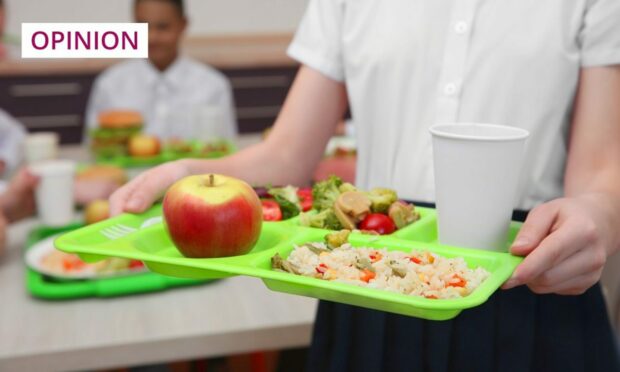
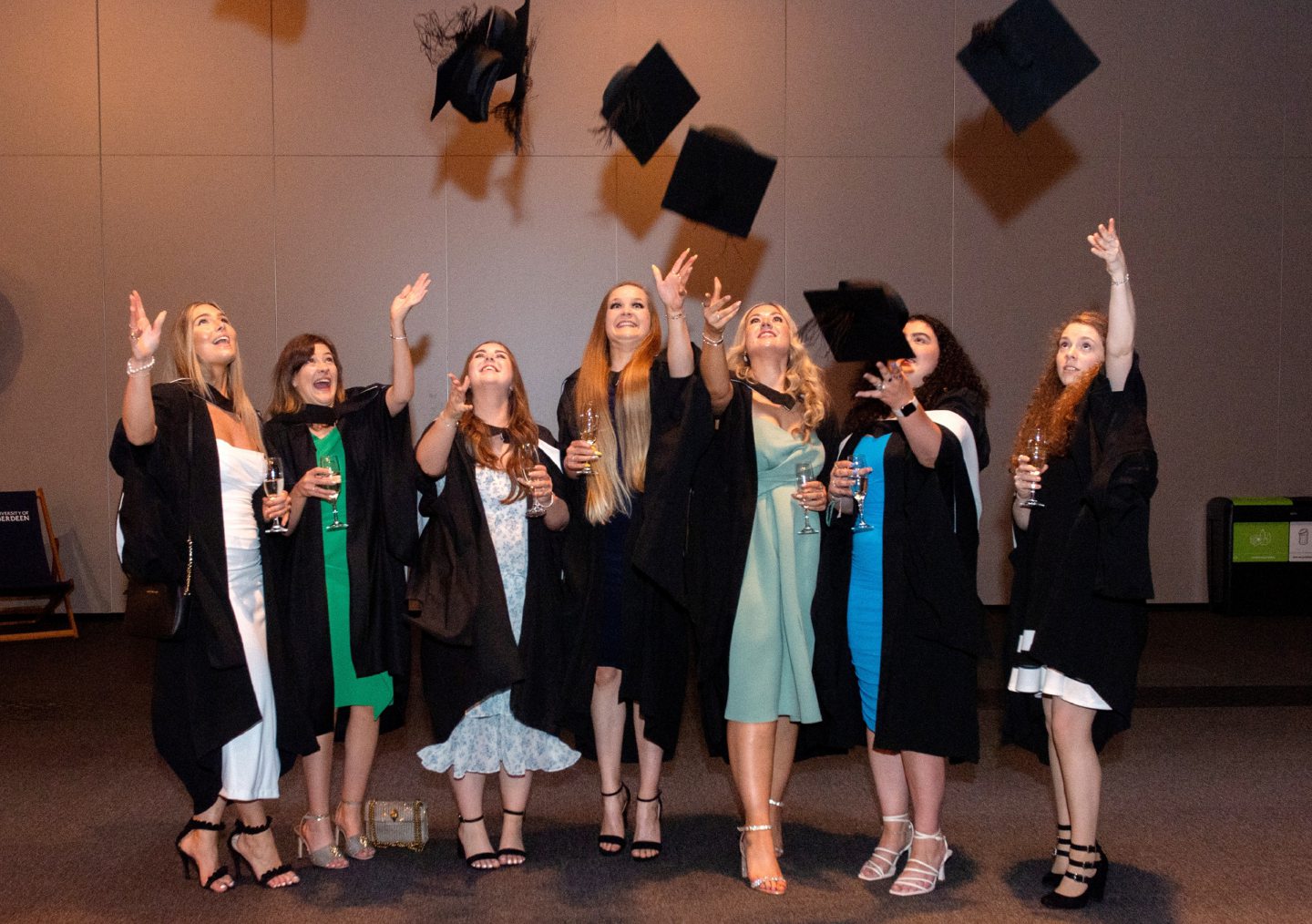
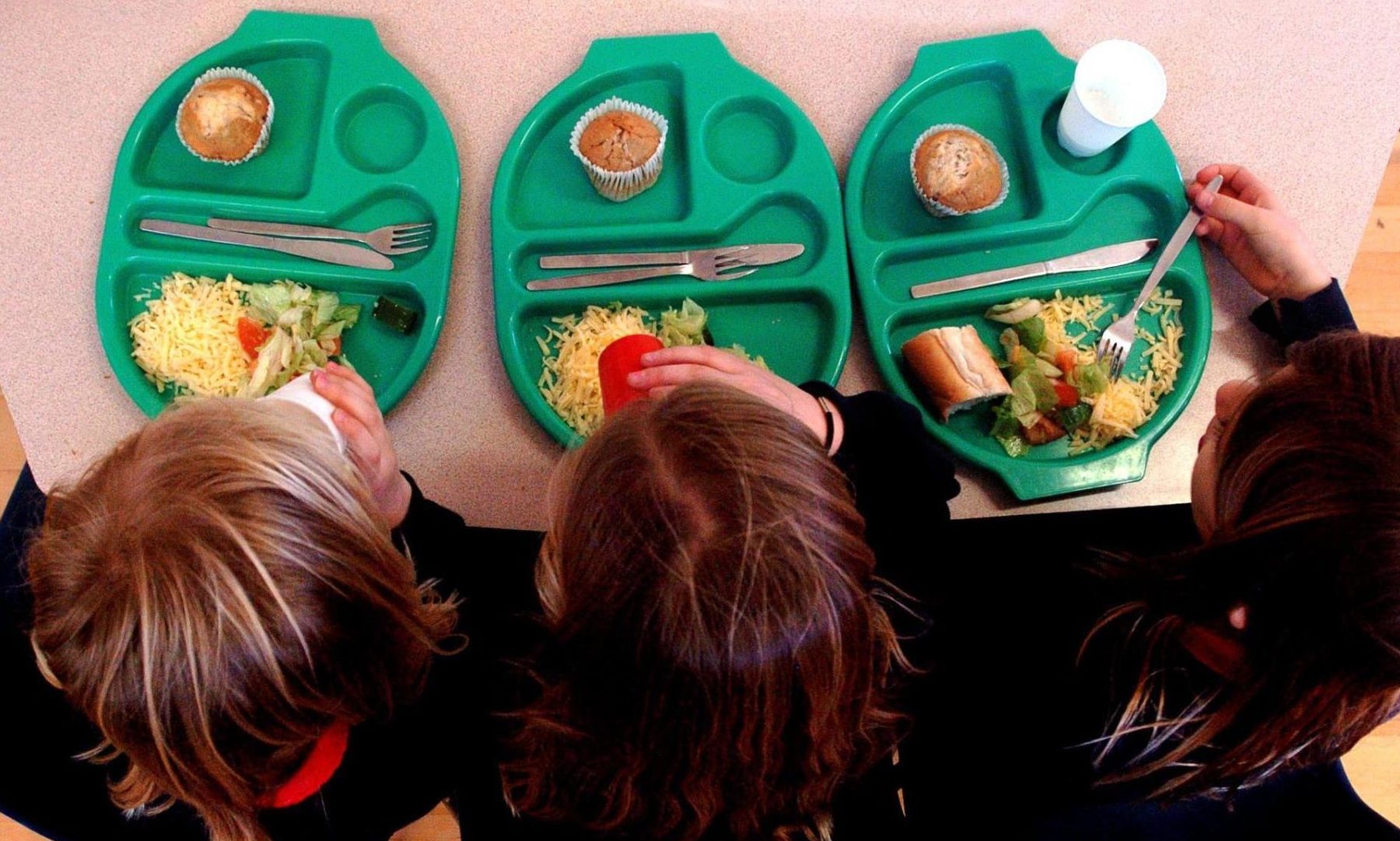






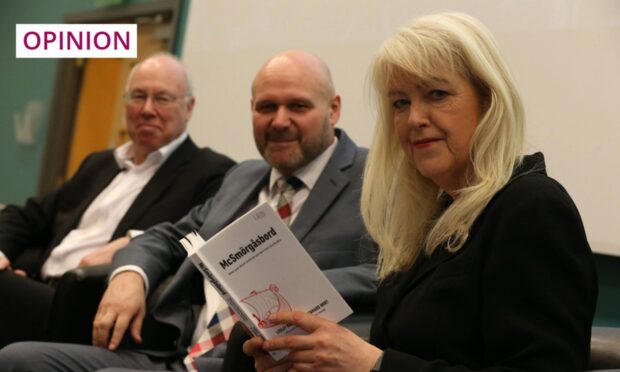



Conversation